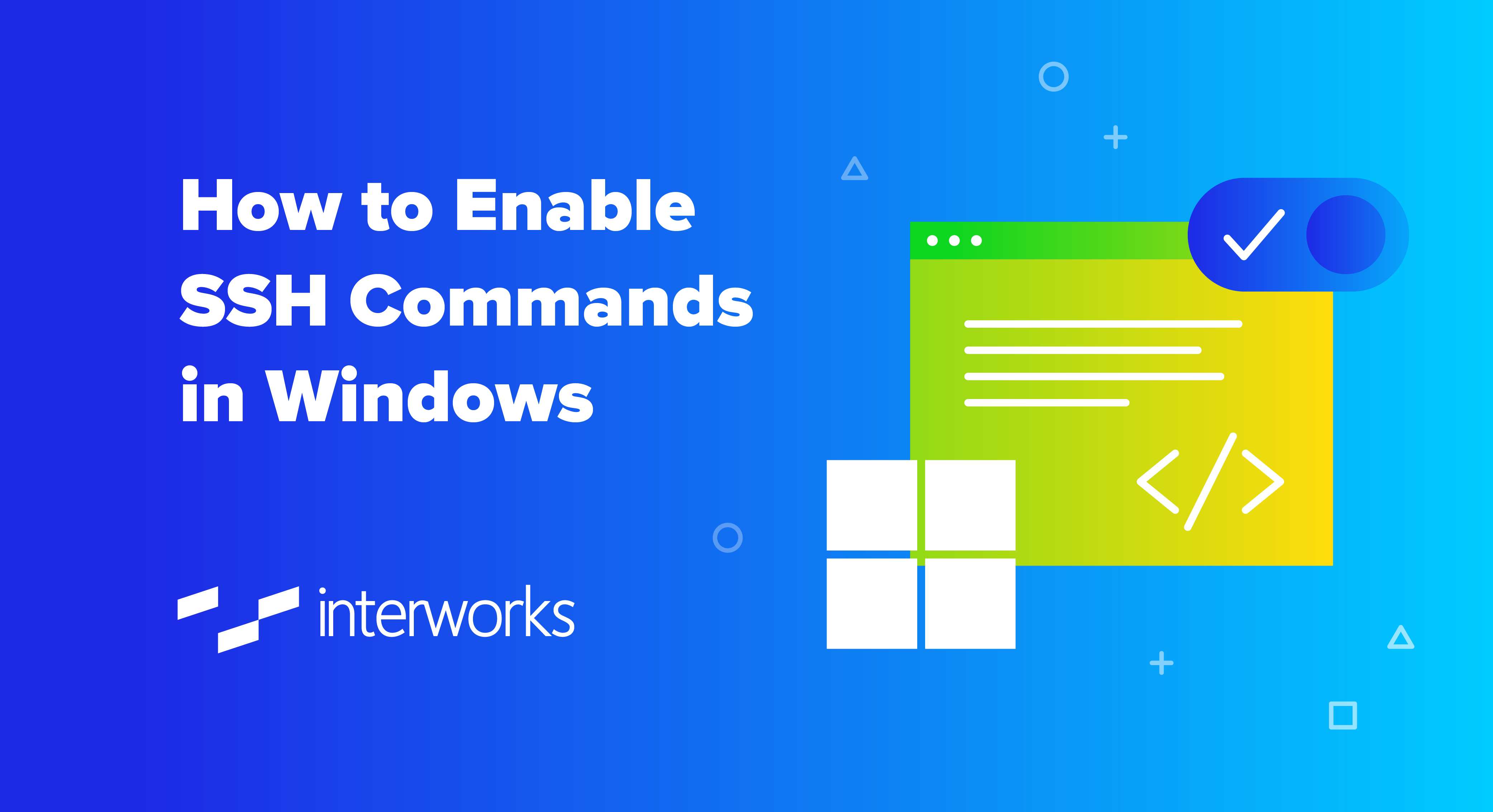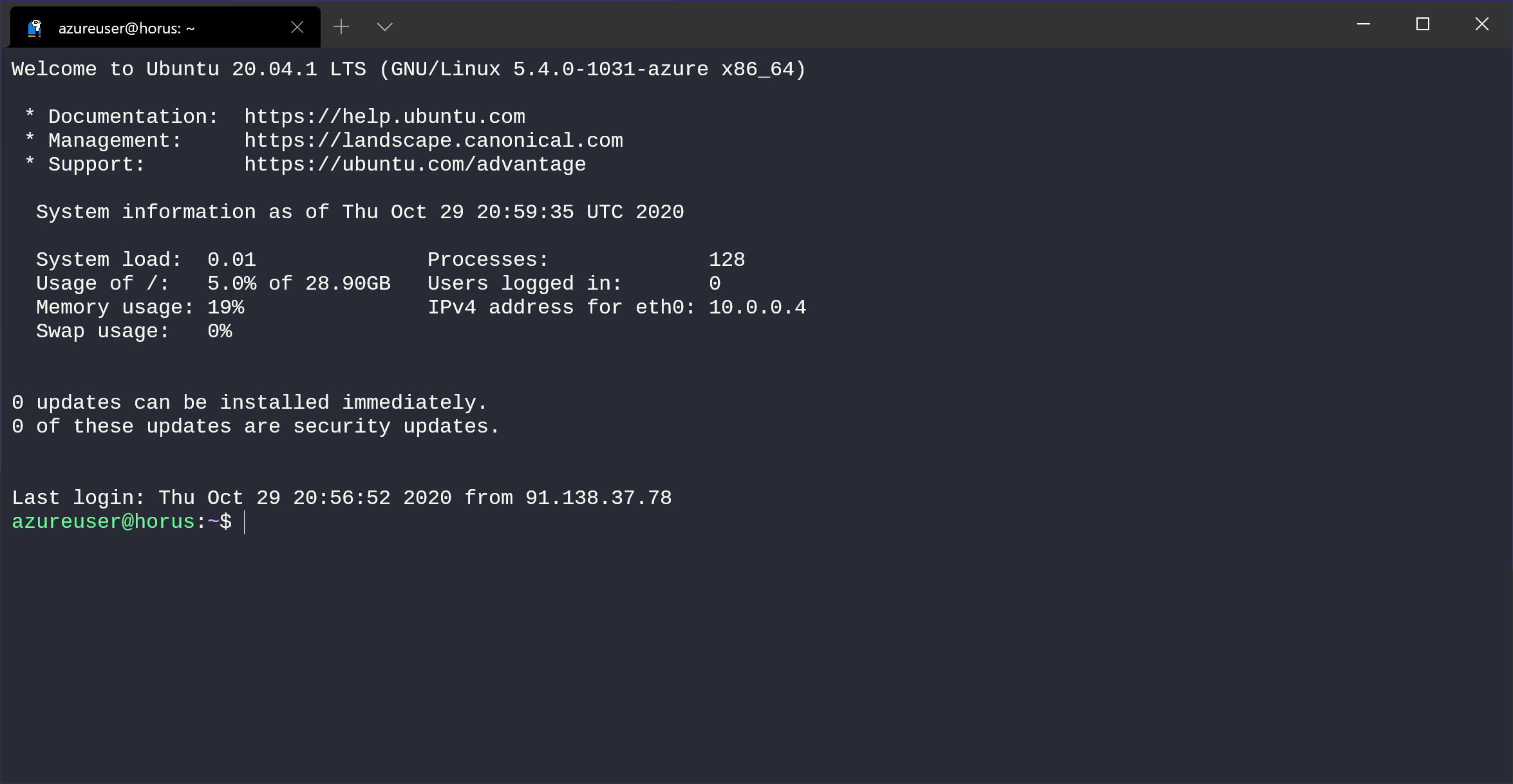RemoteIoT VPC SSH Windows 10: A Comprehensive Guide For Secure Remote Access
Detail Author:
- Name : Carroll Schoen
- Username : fhauck
- Email : abigayle.auer@yahoo.com
- Birthdate : 1979-09-23
- Address : 64110 Corkery Ville Suite 571 Hackettstad, NY 58696-4826
- Phone : (534) 404-1018
- Company : Blanda PLC
- Job : Photoengraving Machine Operator
- Bio : Iusto sed odit velit rerum perferendis voluptatibus doloremque vel. Autem totam explicabo odit minima adipisci accusantium sit. Officia qui voluptatum officiis facilis omnis.
Socials
tiktok:
- url : https://tiktok.com/@jasen.becker
- username : jasen.becker
- bio : Dolorem quibusdam veritatis praesentium blanditiis dolores.
- followers : 3085
- following : 2437
facebook:
- url : https://facebook.com/jasen_dev
- username : jasen_dev
- bio : Aliquid quia ipsam omnis rerum omnis.
- followers : 855
- following : 2515
linkedin:
- url : https://linkedin.com/in/jasenbecker
- username : jasenbecker
- bio : At excepturi facere ea odio.
- followers : 1232
- following : 281
instagram:
- url : https://instagram.com/beckerj
- username : beckerj
- bio : Id sunt qui laboriosam eum. Fugiat et sit ut rerum iste. Excepturi corrupti qui nihil voluptate.
- followers : 2739
- following : 2274
RemoteIoT VPC SSH Windows 10 has become a critical solution for businesses and individuals seeking secure and efficient remote access to their virtual private cloud (VPC) environments. With the increasing reliance on cloud computing and remote work, managing and accessing resources securely is more important than ever. Whether you are a system administrator, developer, or IT professional, understanding how to leverage RemoteIoT VPC SSH on Windows 10 can significantly enhance your productivity and security.
RemoteIoT provides a robust platform for managing remote devices and cloud resources, enabling seamless integration with virtual private clouds. Secure Shell (SSH) is a cryptographic protocol that ensures secure communication between your local machine and remote servers. When combined with Windows 10, this setup offers a powerful and user-friendly solution for accessing and managing cloud resources. In this article, we will explore the intricacies of RemoteIoT VPC SSH on Windows 10, covering everything from setup to advanced configurations.
As we delve deeper into this topic, you will gain insights into the benefits of using RemoteIoT, step-by-step instructions for setting up SSH on Windows 10, and best practices for maintaining a secure connection. Whether you are new to remote access technologies or looking to refine your existing setup, this guide will provide you with the knowledge and tools to succeed.
Table of Contents
- Introduction to RemoteIoT VPC
- Benefits of RemoteIoT VPC SSH
- Setting Up SSH on Windows 10
- Connecting to RemoteIoT VPC via SSH
- Advanced SSH Configurations
- Troubleshooting Common Issues
- Security Best Practices for SSH
- RemoteIoT VPC Use Cases
- Data and Statistics on RemoteIoT VPC
- Conclusion and Call to Action
Introduction to RemoteIoT VPC
RemoteIoT is a cutting-edge platform designed to simplify the management of remote devices and cloud resources. Its integration with virtual private clouds (VPCs) allows users to create isolated and secure environments for their applications and data. A VPC provides a private network within the cloud, enabling users to launch resources in a virtual network that they define. This setup ensures enhanced security, control, and scalability.
One of the standout features of RemoteIoT is its ability to facilitate secure access to VPC resources through SSH. SSH, or Secure Shell, is a protocol that encrypts data transmitted between your local machine and remote servers. This ensures that sensitive information, such as login credentials and commands, remains protected from unauthorized access. By leveraging SSH, RemoteIoT users can securely manage their cloud resources from anywhere in the world.
The combination of RemoteIoT VPC and SSH is particularly beneficial for businesses operating in industries where data security and compliance are paramount. For example, healthcare, finance, and e-commerce organizations can use this setup to meet regulatory requirements while maintaining operational efficiency. In the following sections, we will explore the specific advantages of using RemoteIoT VPC SSH on Windows 10 and provide a detailed guide for implementation.
Benefits of RemoteIoT VPC SSH
Using RemoteIoT VPC SSH on Windows 10 offers numerous advantages that make it a preferred choice for secure remote access. Below are some of the key benefits:
Enhanced Security
SSH encrypts all data transmitted between your local machine and the remote server, ensuring that sensitive information remains secure. This is particularly important for businesses that handle confidential data, such as financial records or customer information.
Seamless Integration
RemoteIoT provides seamless integration with major cloud providers, such as AWS, Azure, and Google Cloud. This allows users to manage their VPC resources from a single platform, reducing complexity and improving efficiency.
Flexibility and Scalability
With RemoteIoT VPC SSH, users can easily scale their infrastructure to meet changing demands. Whether you need to add new resources or adjust network configurations, RemoteIoT makes the process straightforward and efficient.
Cost-Effectiveness
By leveraging cloud-based solutions, businesses can reduce their reliance on physical infrastructure, leading to significant cost savings. RemoteIoT VPC SSH eliminates the need for expensive hardware and maintenance, making it an affordable option for organizations of all sizes.
Setting Up SSH on Windows 10
Setting up SSH on Windows 10 is a straightforward process that involves enabling the built-in OpenSSH client and configuring your environment for secure connections. Follow the steps below to get started:
Step 1: Enable OpenSSH Client
Windows 10 comes with a built-in OpenSSH client that you can enable through the Settings menu. To do this:
- Open the Start menu and go to "Settings."
- Navigate to "Apps" and select "Optional Features."
- Click on "Add a feature" and search for "OpenSSH Client."
- Install the OpenSSH Client feature and restart your computer if prompted.
Step 2: Generate SSH Keys
SSH keys provide a secure way to authenticate your connection without using passwords. To generate SSH keys:
- Open the Command Prompt or PowerShell as an administrator.
- Run the command:
ssh-keygen -t rsa -b 4096. - Follow the prompts to save your keys in the default directory and set a passphrase for added security.
Step 3: Configure SSH Configurations
To simplify your SSH connections, you can create a configuration file. This file allows you to define aliases and settings for your remote servers:
- Navigate to the
.sshdirectory in your user folder. - Create a file named
configand add the following content:
Host remoteiot-vpc HostName your-vpc-ip-address User your-username IdentityFile ~/.ssh/id_rsa
Connecting to RemoteIoT VPC via SSH
Once you have set up SSH on your Windows 10 machine, you can connect to your RemoteIoT VPC using the following steps:
Step 1: Open Command Prompt or PowerShell
Launch the Command Prompt or PowerShell and enter the following command:
ssh remoteiot-vpc
Step 2: Authenticate Your Connection
If you have configured SSH keys, you will be prompted to enter your passphrase. Otherwise, you will need to provide your username and password for authentication.
Step 3: Access Your VPC Resources
Once connected, you can execute commands to manage your VPC resources, such as starting or stopping instances, configuring network settings, and deploying applications.
Advanced SSH Configurations
For users looking to optimize their SSH setup, there are several advanced configurations you can implement:
Port Forwarding
SSH port forwarding allows you to securely tunnel traffic between your local machine and remote server. This is useful for accessing services that are not directly exposed to the internet.
SSH Agent Forwarding
SSH agent forwarding enables you to use your local SSH keys on remote servers without copying them. This enhances security by keeping your private keys on your local machine.
Custom SSH Configurations
You can customize your SSH configurations to suit your specific needs. For example, you can set up aliases for frequently accessed servers or define custom options for different environments.
Troubleshooting Common Issues
While SSH is a reliable protocol, you may encounter issues during setup or usage. Below are some common problems and their solutions:
Connection Refused
If you receive a "Connection Refused" error, ensure that the SSH service is running on the remote server and that the correct port is open in your firewall settings.
Permission Denied
A "Permission Denied" error typically occurs due to incorrect credentials or misconfigured SSH keys. Double-check your username, password, and key files to resolve this issue.
Slow Connection
If your SSH connection is slow, consider disabling DNS lookups by adding the following line to your SSH configuration file:
UseDNS no
Security Best Practices for SSH
To ensure the security of your SSH connections, follow these best practices:
Use Strong Passwords
If you are using password-based authentication, ensure that your passwords are strong and unique. Avoid using common phrases or easily guessable combinations.
Disable Root Login
Disable root login on your SSH server to prevent unauthorized access. Instead, use a regular user account with sudo privileges for administrative tasks.
Implement Two-Factor Authentication
Two-factor authentication (2FA) adds an extra layer of security by requiring a second form of verification, such as a code sent to your mobile device.
RemoteIoT VPC Use Cases
RemoteIoT VPC SSH is a versatile solution with applications across various industries. Below are some common use cases:
Remote Work
With the rise of remote work, businesses are increasingly relying on secure remote access solutions to enable employees to work from anywhere. RemoteIoT VPC SSH provides a secure and efficient way to access cloud resources, ensuring productivity and collaboration.
DevOps and IT Management
DevOps teams can use RemoteIoT VPC SSH to manage infrastructure, deploy applications, and automate workflows. The platform's flexibility and scalability make it an ideal choice for modern IT operations.
Data Analytics
Organizations can leverage RemoteIoT VPC SSH to perform data analytics on cloud-based datasets. This setup ensures secure access to sensitive data while enabling real-time insights and decision-making.
Data and Statistics on RemoteIoT VPC
According to recent studies, the global cloud computing market is expected to grow at a compound annual growth rate (CAGR) of 17.5% from 2023 to 2030. This growth is driven by the increasing adoption of remote work, digital transformation initiatives, and the need for scalable infrastructure.
RemoteIoT VPC SSH has gained popularity among businesses due to its ability to provide secure and efficient access to cloud resources. A survey conducted by a leading IT research firm found that 85% of organizations using RemoteIoT reported improved operational efficiency and reduced costs.
Conclusion and Call to Action
In conclusion, RemoteIoT VPC SSH on Windows 10 is a powerful solution for secure remote access to cloud resources. By following the steps outlined in this guide, you can set up and configure SSH to enhance your productivity and security. Whether you are managing remote devices, deploying applications, or performing data analytics, RemoteIoT VPC SSH offers the flexibility and scalability you need to succeed.
We encourage you to share your thoughts and experiences with RemoteIoT VPC SSH in the comments section below. If you found this article helpful, please consider sharing it with your colleagues and exploring other resources on our website for more insights into remote access technologies.

